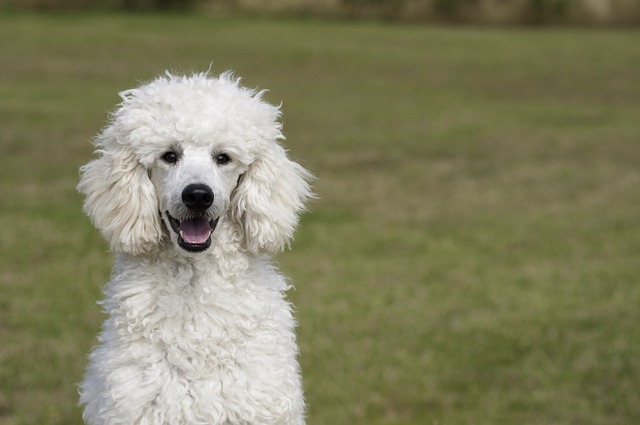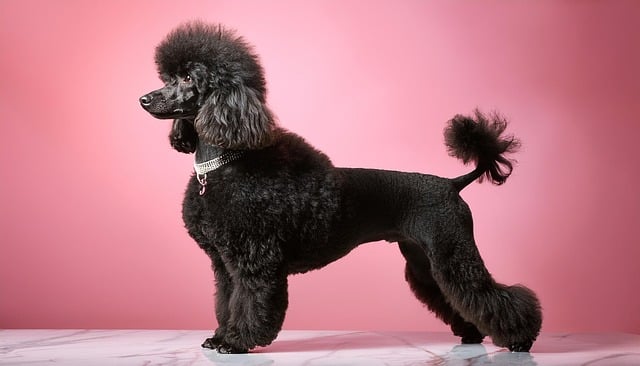
Can I treat parasitic infections in dogs at home
Imagine you’re in your New York City apartment, kneeling on the rug to play with your 8-month-old Beagle, Lola. She’s been nipping at her hind leg nonstop
Dogs are just like a warm and bright light in our lives. With their lively and playful looks, unwavering loyalty, and unreserved love, they illuminate every corner of our lives without reservation. Their companionship is the softest support in the depths of our hearts and an indispensable source of warmth in the family. During the days spent with dogs, we always take good care of their health, and oral health is undoubtedly a crucial part of it. When we look for good strategies for the oral health of dogs, a key question quietly emerges: How often should we feed oral care snacks to dogs?
Oral care snacks, for the oral health of dogs, are like silent little guards, playing an important role. Such snacks are usually carefully designed. While satisfying the dog's appetite, they can effectively help with oral cleaning and care. For example, some oral care snacks have a relatively hard texture. During the process of the dog chewing, the snacks fully rub against the tooth surface, just like giving the teeth a meticulous "massage", which can help remove the food residues and dental plaque attached to the tooth surface. If dental plaque accumulates for a long time, it will gradually calcify to form tartar, and then trigger a series of oral problems such as gum inflammation and bad breath. And by chewing oral care snacks, the accumulation of dental plaque can be reduced to a certain extent, and the risk of tartar formation can be lowered.
However, determining the frequency of feeding oral care snacks to dogs is not something that can be done overnight. It requires comprehensive consideration of multiple factors. First of all, the dog's own oral health condition is one of the key factors. If the dog already has relatively serious oral problems, such as a large amount of tartar, red and swollen gums, etc., then it may be necessary to appropriately increase the frequency of feeding oral care snacks. In this case, feeding oral care snacks 1 to 2 times a day can clean and care for the teeth more frequently, helping to relieve the symptoms of oral diseases. But it should be noted that this cannot replace professional veterinary treatment. We still need to take the dog to see a veterinarian in a timely manner and follow the veterinarian's treatment advice. On the contrary, if the dog's oral health condition is good, with white and firm teeth, pink and healthy gums, and no bad breath and other problems, then the feeding frequency can be relatively reduced, about 2 to 3 times a week. This can not only maintain the cleanliness of the mouth but also will not affect the dog's normal diet structure due to excessive feeding of snacks. Every time we observe the dog's oral condition, it is the basis for us to adjust the feeding frequency of oral care snacks for it. We hope that through accurate judgment, we can provide the most suitable oral care for the dog.

The dog's age is also an important factor affecting the feeding frequency. The teeth of puppies are in the stage of growth and development. Feeding oral care snacks too frequently may have an adverse effect on their tooth development. The teeth of puppies are relatively fragile, and overly hard snacks may damage the teeth or affect the eruption of permanent teeth. Therefore, for puppies, feeding oral care snacks should be done with great caution. Generally speaking, after the puppy's teething period is over, at about 6 to 8 months old, oral care snacks can be fed in an appropriate amount, about 1 to 2 times a week. As the dog grows older and enters adulthood, the feeding frequency of oral care snacks can be adjusted appropriately according to its oral health condition. When the dog enters old age, various physical functions gradually decline, and oral problems may also increase. At this time, more attention needs to be paid to the dog's oral health, and the feeding frequency of oral care snacks should be appropriately increased to help maintain oral cleanliness and relieve the pain caused by oral diseases. Dogs at every age stage have unique oral care needs, and we should understand them carefully and provide them with the most attentive care.
For different dog breeds, due to the differences in oral structure and eating habits, the required frequency of oral care snacks also varies. Some small dog breeds, such as Chihuahuas and Pomeranians, have relatively small mouths, and their teeth are arranged more closely. Food residues and dental plaque are more likely to accumulate, and the probability of suffering from oral diseases such as tartar is relatively high. For such small dog breeds, it may be necessary to appropriately increase the feeding frequency of oral care snacks, 3 to 4 times a week, to keep the mouth clean. Some large dog breeds, such as Golden Retrievers and Labrador Retrievers, have larger mouths, relatively strong teeth, and stronger chewing ability. But because they have a large appetite and there are more food residues in the mouth after eating, they also need to be fed oral care snacks regularly, generally 2 to 3 times a week is more appropriate. In addition, some short-nosed dog breeds, such as Bulldogs and Pugs, have a special oral structure with a shorter respiratory tract, and they are prone to problems in breathing and the mouth. For such dog breeds, more attention should be paid to oral care. According to their oral health condition, the feeding frequency of oral care snacks should be reasonably adjusted to ensure that their mouths are always in a healthy state. Every dog breed is like a unique star, and we should customize the feeding plan of oral care snacks for them according to their characteristics.
Determining the frequency of feeding oral care snacks to dogs is a process that requires careful consideration of multiple factors. Every time we prepare oral care snacks for the dog and every time we adjust the feeding frequency according to its specific situation, it is filled with our deep love and concern for it. Through our efforts, providing scientific and reasonable oral care for the dog, enabling it to have a healthy mouth, enjoying the beauty of life to the fullest, and accompanying us cheerfully again is our greatest wish. Watching the dog's oral health condition gradually improve under our careful care and seeing its smile become brighter, our sense of achievement and love for it will become deeper and deeper. Let us accompany the dog through every stage of health and illness with love and professionalism, create more warm and beautiful memories together, and let the dog be the eternal warm light shining in our lives.

Imagine you’re in your New York City apartment, kneeling on the rug to play with your 8-month-old Beagle, Lola. She’s been nipping at her hind leg nonstop

Imagine you’re in your Chicago apartment, settling in for a movie night with your 2-year-old Boston Terrier, Luna. She curls up on your lap

Imagine you’re in your Los Angeles apartment, making breakfast while your 1-year-old Corgi, Milo, circles your feet—usually, he’s begging for a scrap of toast

Imagine you’re in your New York City apartment, sitting on the couch with your 6-month-old Golden Retriever, Max. He’s been scratching his ear nonstop

Those reddish-brown streaks around your dog’s eyes aren’t just unsightly—they’re often a sign of constant tearing. Breeds like Shih Tzus and Pugs, with their big, round eyes, are especially prone to this, thanks to their facial structure trapping moisture

Watching your faithful companion grow older comes with a learning curve many pet owners aren't prepared for. While your intentions may be good